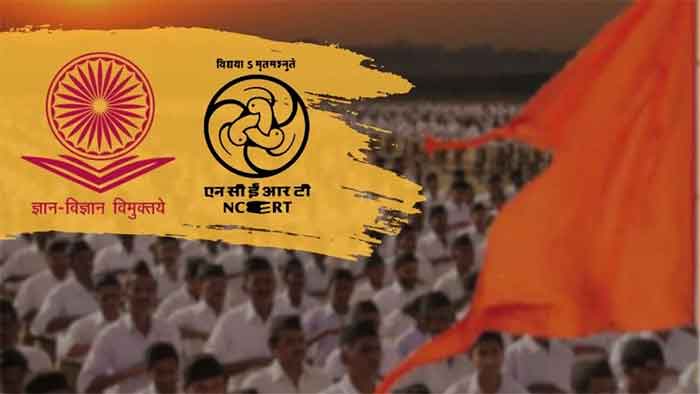
India has started Lockdown 4.0 with dismal numbers. We are already over 1 lakh cases, and as much as NITI Aayog would predict otherwise, the slump in cases is yet to come. A large part of the country’s 1.3 billion population has been at home since over 50 days now; I say a large part because it excludes the homeless and the migrant workers. While several NGOs and citizens have been working untiringly at their individual capacities to help them out, no one can provide a rationale for the inhuman treatment meted out not only to the workers but entire communities. Images of lakhs of families trudging across hundreds of kilometres, some even losing their lives in the attempt, will be seared in our conscience for a long time.
The luckier population, on the other hand, has been working from home. Along with the adults, children as young as those in pre-school have started classes online- because even if there is a pandemic, academic productivity cannot be stopped. The inefficacy of this needs to be pointed out. Classes continue to focus on the development of logic and technical skills, vehemently ignoring the lessons from the pandemic- to develop feelings of empathy and solidarity, and to attempt to derive the meaning of our existence.
With the vaccine still not out and the globe in an indefinite crisis, the fact is that online classes for the foreseeable future are here to stay. As soon as the lockdown was announced, there was an almost overnight shift to online classes by many schools, colleges, and universities. Though some entities (mostly private-run) were able to shift comparatively smoothly, it becomes crucial to ponder about the broader ramifications of the introduction of virtual learning on our education system.
We are not only a huge population; we are also a highly diverse population. Standardizations have consistently been problematic, be it in education or in policy. Thus, deciding what is better always comes at a cost. What is non-negotiable, however, is the concomitant parochialization of those decisions.
Some advantages of virtual classes are apparent. Sitting at home reduces the stress of waking up every morning and traveling, sometimes up to 25-30 kilometers, to reach the institution. It also gives more time for other work. The mental health of teachers and students have improved due to this. But the said process is classist, as well as exclusionary. It does not consider those students for whom their educational institutions are a welcome break from the repressive environment at home. Moreover, what about the children who get left out in the process? What about the children who do not have laptops or smartphones? What about the children who are currently walking back home to their villages with their families? How long will they continue to be absent from classes? And if and when they do manage to come back, how will they be accommodated? Will this just further consolidate the ideas of merit and legitimate knowledge?
In light of these questions, I try to analyse the challenges and problems associated with the prospect of virtual learning. First is the availability of technology and adequate infrastructure. The foremost in this regard can be considered the availability of a computer or laptop, fast internet connectivity, and the guided help of those familiar with its usage and functions. If either the practitioner or the learner is not comfortable with the virtual set-up, it can lead to a significant decline in the quality of knowledge dissemination. As a preliminary study would show, access to computers/laptops and fast internet connectivity is still a challenge for most Indians.
Second is a corollary. While the emphasis becomes inequitably on understanding the different software and its features, “learning” often gets ignored. This has shown lacunae in support and financial issues on the one hand, and in the pedagogical and methodological aspects on the other. Elements such as an exciting learning culture, adequate pedagogical structures, and the creation and adoption of engaging and stimulating teaching styles and materials are essential for a conducive learning environment.
Further, most students in public schools and universities in India, especially in rural and semi-urban parts or from specifically disadvantaged groups, do not have access to either the technology nor the pedagogy and materials associated with the prospect of virtual learning.
The challenges that the pandemic has brought for the education sector in our country are manifold. There was already growing discontent with the quality and autonomy of education. The physical and technological infrastructure was already lagging much behind the global standards India aspires to reach. The shift to virtual learning in this scenario has further complicated the problems. We need to formulate a strategy to overcome our already existing obstacles of quality and academic productivity deterioration, along with shifting a lot of material online.
At this stage, it is vital to keep in mind that virtual learning is ultimately just an aid to the teaching-learning process rather than its essence.
Shreya Urvashi is a doctoral fellow researching student culture and universities at Tata Institute of Social Sciences, Mumbai. An alumna of Miranda House and Delhi School of Economics, her academic profile consists of degrees in Physics and Sociology. Her research interests include sociology of higher education, sociology of identity, and politics.
SIGN UP FOR COUNTERCURRENTS DAILY NEWS LETTER
















































